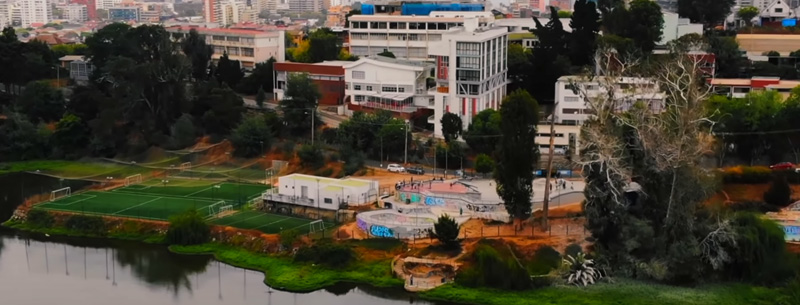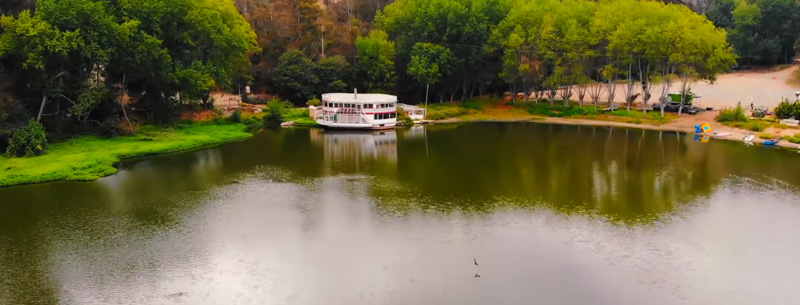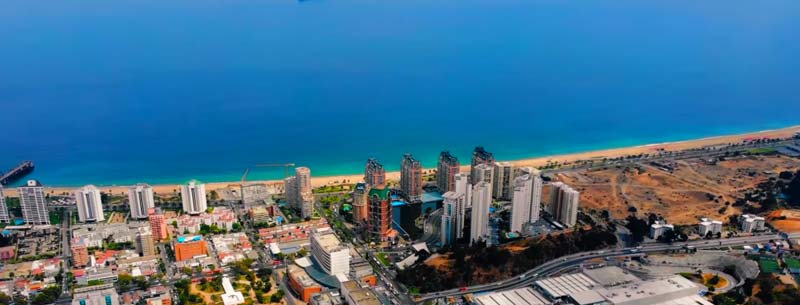Puno Peru Travel Guide
Puno is a pretty tourist city on the shores of Lake Titicaca on the Altiplano of Peru. It is also the capital and largest city of the Puno Region and the Puno Province. Puno is reflected by the importance of the connection with the Inca, in last times says that Manco Capac, the first Inca, who rose from the waters of Lake Titicaca, under the orders of the Sun God.

The city of Puno is famous for its varied and colorful folk traditions, as it has some of the most dazzling and richest folklore ceremonies around the continent.
Actually, the city of Puno is an important agricultural and livestock region; particularly of South American camelids (Vicuñas, alpacas, and llamas) which graze on its immense plateaus and plains.
Best of Puno
Uros
The city of Puno is surrounded by 41 floating islands, and to this day Uros still depend on the lake for their survival. The area surrounding the city was where the Aymara civilization started. The Floating Islands of Lake Titicaca are the home of the Uros, who consider themselves the owners of the lake and its waters. Traditionally fishermen and weavers, they now include tourism as a mainstay as visitors to the lake enjoy the sensation of walking on a floating layer of reeds.
Taquile
Located 30 km from the city of Puno. The inhabitants of this place, famous by their hospitality, even conserve their cultural patterns in their clothes and typical dances.
They are famous for its vests, shirts, and other weaves by hand that can be acquired in their stores of crafts.
Lake Titicaca
This beautiful water mirror is between the territories of Peru and Bolivia, to a 3821 altitude of m.s.n.m., the reason why the lake navigable upper of the world is considered.

With an approximated surface of 8560 kilometers square, long and wide averages 194 km and 65 km, respectively, registering a Maxima depth of 280 meters. The transparency is remarkable and the temperature centigrade annual average is of 13°.
Pucara
To 101 km to the north of the city Puno and to 1,45 hours approx in car. Its pottery has reached a great reputation especially by its “Toritos de Pucará”.
Amantaní
Located 37 km from the port of the city Puno and about 4 hours 30 minutes motorboat ride, this island is also important for its ethnic and cultural value.
Folklore in Puno
Actually, the city of Puno has been named the “Capital folklórica del Perú” (folkloric capital of Peru) from the wealth of its artistic and cultural expressions, particularly dance. They are most notable during the celebrations of the Feast of the “Virgen de la Candelaria” and the Regional Competition of Autochthonous Dances.
Every year during the first week of February one of the more important celebrations folkloric of Peru is commemorated, in honor of the pattern of Puno, the Virgin of the Candelaria.
Some Holidays in Puno
- The celebration of San Sebastián is celebrated from 18 to the 20 of January in Juliaca.
- Celebration of the Cruz is celebrated from 2 to the 4 of May in Puno and Huancané.
- The Tourist Jubilee Week of Puno, the first week of November.
Puno History
Being the birthplace of the Tiahuanaco Culture, one of the most important pre-Hispanic cultures and the utmost expression of the Aymara people, Puno is considered to be a town of legends.
According to the legend Manco Capac and Mama Ocllo, who received instructions from their father, the Sun God, to found the tahuantinsuyo Empire, merged from Laka Titicaca. The Inca Empire was divided into four regions – or suyos – one of them being Collasuyo, which spread over the entire Plateau of Collao, including Puno, other suyos(Chinchansuyo, Antisuyo, Contisuyo).
After the Incas incorporated the region of Titikaka and the Kolla-culture under Inca Mayta Capac to the empire of Tahuantinsuyo and became part of the region of Kollasuyu. The importance of this Suyu into the empire was especially the presence of gold and silver mines, the breeding of alpacas and llamas for wool and meat, and the culture of altitude plants as potatoes, quinoa, coffee and, many more.
When the Spaniards arrived Cusco in the mid 16th century, the beard of the great mining wealth of this region, especially gold and silver. The bloody battles ensuing in the 17th century over the possession of the Laikakota Mines(9km west from the City of Puno) forced the Viceroy, Count of Lemos, to travel to the area and to pacify it, resulting in the founding of the present City of Puno, capital of the department. Founded on November 4/1668, it was named San Carlos de Puno.
The period of peace was over in 1781 when Indian revolutionists fought for independence, as for example the revolt of Tupac Katari. In the war of independence at the beginning of the 19th century, Puno was an important connecting city between the freedom fighters of Peru and Río de la Plata in Buenos Aires. After independence in 1821 Puno was the scene of a battle between Peru and Bolivia. When the Bolivians won the battle of Ingavi, they occupied Peru up to Tacna and Moquegua. The convention of 1847 neutralized the victory of the Bolivians and Puno and its region could finally live in peace.
Getting to Puno
By Train: Trains to and from Cuzco travel only 3 times per week. Other trains travel down to Arequipa. From Cusco to Puno, Located in Wanchaq(Peru Rail associated with MLP).
By Bus: Daily buses depart to and from La Paz, Bolivia on two slightly different routes. Daily buses depart to and from Cuzco and Arequipa. The direct route is faster.
Via ferry boat across Lake Titicaca and Copacabana.
You should change some money at the border in order to be able to pay the ferry in Bolivianos. Be prepared to change buses in Copacabana.
Puno to Cusco
Cusco is 388km from Puno. You can travel by bus(Cruz del Sur, Romeliza, Civa, Ormeño), train or plane. If traveling overland remembers to take plenty of warm clothes with you especially if traveling at night since it can get very cold.
By Plane: There are several daily flights for Cusco. The flight time is about 45 minutes but you may find some services go via Arequipa making the flight time about 2 hours. Airline companies operating this route are Lan www.lan.com
Puno to Arequipa
Arequipa is 297km from Puno. You can travel by bus, train, or plane. If traveling overland remembers to take plenty of warm clothes with you especially if traveling at night since it can get very cold.
By Plane: The flight time is about 45 minutes. Airline companies operating this route are Lan www.lan.com
By Train: The train no longer operates between Arequipa and Cusco apart from freight traffic and the occasional charter train.
